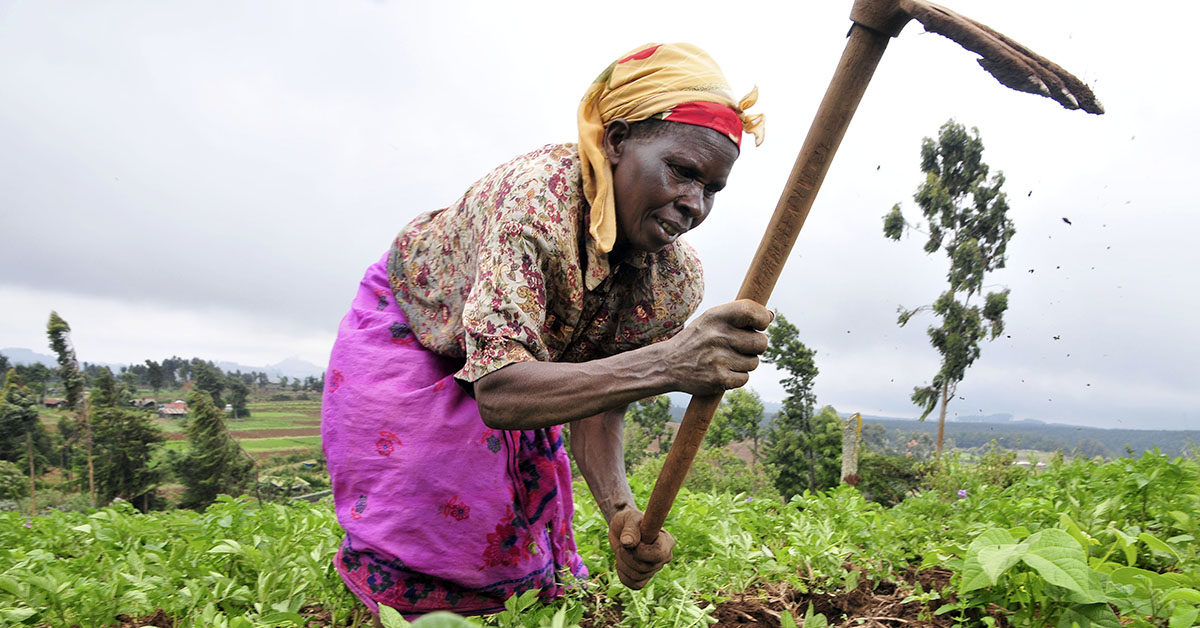Climate can affect the health of people through many mechanisms, including changes in food access or availability, heat stress, and drought. Quantitative studies examining the links between climate and health can clearly reveal those associations, details about their severity, and how they may harm a population’s physical wellbeing. However, to turn those findings into helpful policies and interventions, researchers may need to understand more about what people think and value in those situations and the ways those beliefs factor into how they respond.

A School of Public Health researcher recently co-authored a commentary in The Lancet: Planetary Health along with University Department of Geography, Environment & Society Associate Professor Kathryn Grace. The paper explains how including qualitative data gathering methods, such as ethnographies, in quantitative studies can help explain why subjects behave as they do and offer key details into the story behind the findings.
“Quantitative data is great for measuring what is happening and determining associations, trajectories and things like that,” says commentary author and Research Scientist Jude Mikal. “You can add to the story and details of how things work — and avoid making possibly erroneous assumptions — when you add qualitative information.”
In the commentary, Mikal explores how qualitative data could explain the confusing results of a study in Kenya and Mali examining how climatic factors — such as precipitation, temperature, rainfall and vegetation — correspond to the growth of babies and young children.
“The data was saying that in some areas, more rainfall was associated with more growth and in certain communities it was associated with less growth. Then, more rainfall was associated with more growth from age zero to one, less growth from two to three, then more growth between three and four,” says Mikal. “Why in the world would they see all of these different patterns?”
Quantitative researchers conducting similar studies have suggested the possible — and conflicting — explanations for such variations in child growth could be related to how climate influences the amount of time parents spend caretaking. Increased rainfall could result in greater crop yields, but create more demand for a caretaker’s labor, leaving children to eat less frequently. Equally, dry conditions and high temperatures could result in more time on heatwave mitigation efforts and less time focused on childcare. Conversely, they said it is also possible that extreme temperatures force individuals to spend more time indoors or close to home, resulting in more time left for caretaking.
Mikal says the way to truly understand the variation in child growth is to begin with talking to the parents to learn more about the influence of customs and norms in their decision making, and the strategies parents use for dealing with climate extremes.
“A lot of health research treats people as objects that are acted upon verus as an individual with their own unique motivations and rationale for decisions. Understanding why an individual chooses something is important to know because it can show us sources of incomplete or wrong information, the influence of cultural factors, or the importance of things we just never imagined examining,” says Mikal.
Ultimately, Mikal believes that including the lived experience of individuals through qualitative data in quantitative climate-change research can help ensure that science and policy serve their best interests. In the end, the policies and interventions will reflect the strategies that local people are already using to protect their health, and address the concerns and challenges facing those who are most vulnerable.

